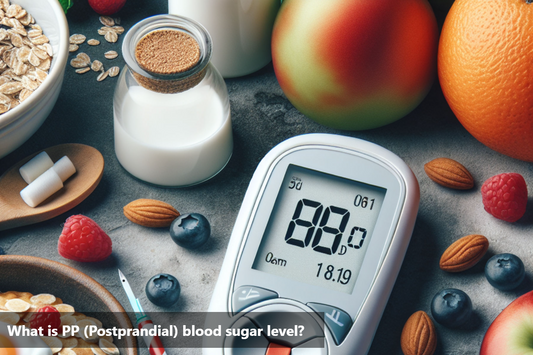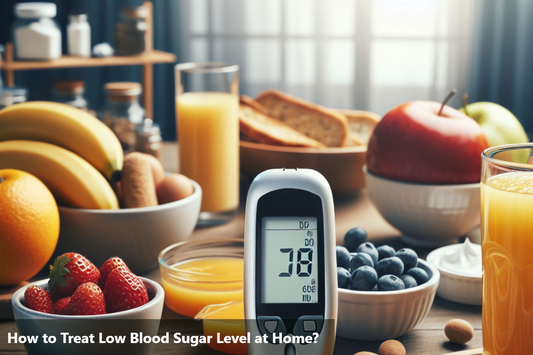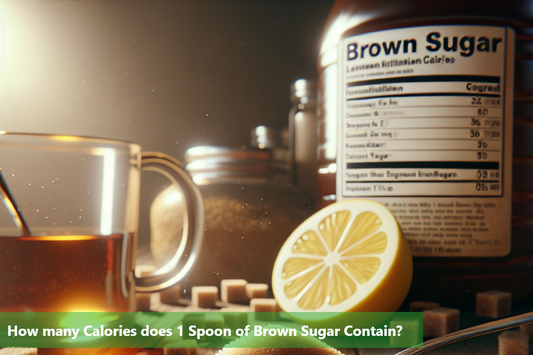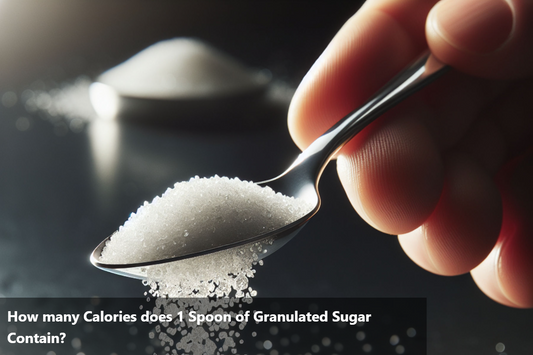Postprandial blood sugar, or postprandial glucose, is measured after meals and vital for diabetes management. It reflects how the body processes glucose intake, impacting diabetes management significantly. Consuming food breaks nutrients into glucose, raising blood sugar levels. Monitoring postprandial blood sugar helps individuals assess their body's response to food. Controlling it is crucial to avoid complications like heart disease and kidney problems in diabetes. Eating balanced meals, being active, and avoiding high-sugar foods regulate postprandial blood sugar effectively. Monitoring blood sugar and working with healthcare providers are essential for managing it in diabetes.
Understanding Post Prandial Blood Sugar Levels
Postprandial blood sugar levels, also known as post-meal blood sugar levels, refer to the concentration of glucose in the bloodstream after consuming a meal. Understanding postprandial blood sugar levels is essential for managing diabetes and overall metabolic health. Here's a breakdown of postprandial blood sugar levels:
After you eat a meal, your blood sugar levels go up. It's important to know about these levels to stay healthy if you have diabetes.
Here's what you need to know about post-meal blood sugar levels:
Timing: We usually check your blood sugar levels 1-2 hours after you eat. This gives your body enough time to break down the food and raise the glucose levels in your blood.
Normal Range: If you don't have diabetes, your blood sugar levels should be below 180 mg/dL (10 mmol/L) two hours after you start eating.
Impact of Carbs: Foods with carbs affect your blood sugar levels the most. Foods with a high glycemic index make your blood sugar levels go up quickly, while foods with a low index do it more slowly.
Managing Diabetes: Controlling your blood sugar levels after meals is important to manage diabetes well. High levels, especially if they stay high, can cause problems like heart disease, nerve damage, and kidney issues.
Checking and Control: Checking your blood sugar levels regularly helps you understand how different foods and meal times affect you. This helps you adjust your diet, medication, and lifestyle to keep your blood sugar in check.
Ways to Control: Here are some ways to keep your blood sugar levels after meals in check:
Choose carbs with a low glycemic index and eat them with protein and healthy fats.
Watch your portion sizes and how many carbs you eat.
Be active regularly to help your body use insulin better.
Take your diabetes meds following your doctor's advice.
Check your blood sugar levels often and adjust your treatment as needed.
Factors Affecting Post Prandial Blood Sugar
Type and Amount of Carbohydrates: High glycemic index foods raise blood sugar faster.
Meal Composition: Balancing carbohydrates with protein and healthy fats slows digestion.
Portion Sizes: Larger portions lead to higher blood sugar spikes.
Fiber Content: Fiber slows down sugar absorption, found in fruits, veggies, and whole grains.
Physical Activity: Exercise aids in glucose uptake, reducing post-meal blood sugar levels.
Medications and Insulin: Proper medication use regulates blood sugar after meals.
Gastroparesis: Delayed stomach emptying can affect blood sugar control.
Stress and Emotions: Stress hormones can elevate blood sugar levels.
Addressing these factors through diet, exercise, medication, and stress management helps maintain stable blood sugar levels after meals, crucial for diabetes management.
Tips for Controlling Blood Sugar Immediately
Managing post prandial blood sugar levels effectively and promptly is crucial for individuals with diabetes. Here are some practical tips to help you control your blood sugar immediately:
Stay Hydrated: Drink plenty of water throughout the day to aid in digestion and regulate blood sugar levels after meals.
Choose Low Glycemic Index Foods: Opt for foods that have a low glycemic index to prevent sudden spikes in blood sugar. These include whole grains, legumes, and non-starchy vegetables.
Regular Physical Activity: Engage in light exercise like walking after meals to help lower blood sugar levels. Physical activity helps your body utilize glucose more efficiently.
Monitor Portion Sizes: Be mindful of portion sizes to avoid consuming excess carbohydrates, which can cause blood sugar levels to rise rapidly.
Reduce Stress: Practice stress-reducing techniques such as deep breathing, meditation, or yoga to prevent stress-induced blood sugar spikes.
Take Prescribed Medications: Ensure you take your diabetes medications as prescribed by your healthcare provider to help regulate blood sugar levels effectively.
By incorporating these tips into your daily routine, you can better manage your post prandial blood sugar levels and promote overall health and well-being. Remember, consistency is key in controlling your blood sugar effectively.
Bottom Line
Post-meal blood sugar means the sugar levels in your blood after you eat, which shows how your body deals with food. Checking post-meal blood sugar is very important for people with diabetes because it can help you see how the food you eat affects your blood sugar.
Keeping your blood sugar stable after meals is crucial for your health and managing diabetes well because changes can cause problems in the long run. What you eat, how much you move, if you take your meds, and how stressed you feel all have a big impact on your blood sugar after meals.
To manage your post-meal blood sugar well, try to eat a mix of good foods with carbs, proteins, and healthy fats. Moving your body often can also help keep your blood sugar in check and make your body respond better to insulin.
If your blood sugar is high after meals, try drinking water, taking a walk, or doing easy exercises to lower it quickly. For personalized advice on handling your post-meal blood sugar, it's best to talk to a healthcare provider who can help you.
Learning how your body reacts to different foods and activities can give you the information you need to make the right choices for better blood sugar management.
This Blog post is an initiative by DiabeSmart, to provide accurate and Nutritionist / Doctor approved information related to Diabetes. DiabeSmart is India's first Food brand designed specifically for Diabetics, that has been clinically tested on Diabetics and Pre-Diabetics to deliver 55% - 70% lower Sugar spikes. DiabeSmart is part of Lo! Foods - India's leading brand for Everyday Functional Health foods.











